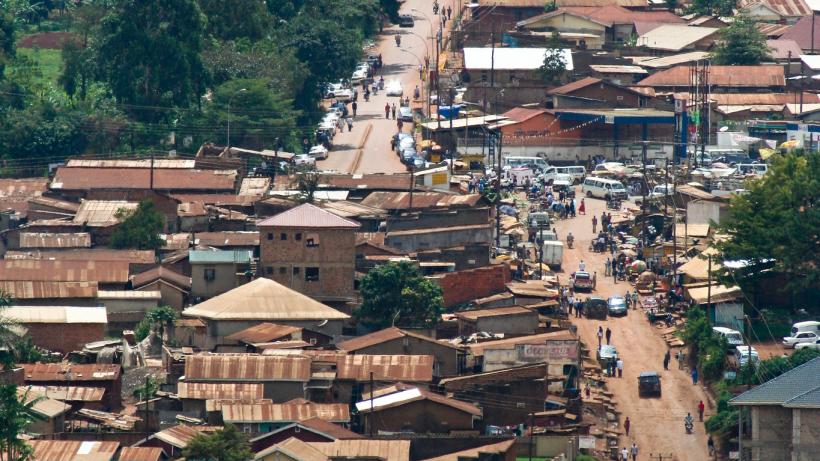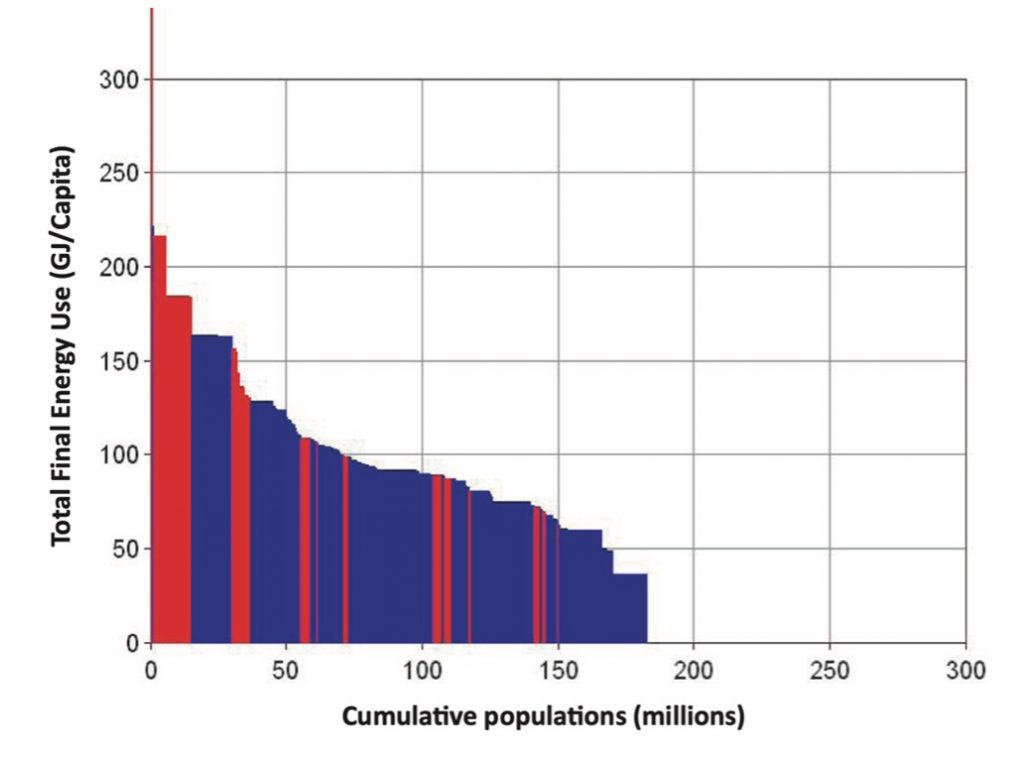
Intermediate cites and climate action: Driving change through urban land use and governance
In the first blog of this two-part series, it was argued that especially in low-income settings, intermediate cities, through strong rural-urban linkages, can provide an important social safety net in addition to their potential to alleviate poverty in the long-term. Moreover, and although largely undervalued by the international community and countries, intermediate cities can foster both short term climate adaptation and longer term climate mitigation. Namely, two areas currently under climatic strain stand to generate substantial gains through proactive policy: urban land use and municipal finances and urban governance. Through citizen driven mandates and by designing interventions that localise climate issues, stakeholders in climate action can help drive change in this area.
Land use and urban planning
Unplanned urban expansion and sprawl risk further increases in greenhouse gas emissions and deteriorating environmental quality.
Most intermediate cities’ boundaries have grown faster in their land cover than their corresponding urbanpopulation. They are sprawling with very poor data and information available, reducing policymakers’ ability to plan and manage urban development. This growth without control loses out on the environmental benefits of compact urban form. Sprawling, unconnected cities require more roads making energy efficient public transport less viable and increasing transportation costs. In addition to climate consequences there are also environmental ones. It is on the edges of growing cities, particularly in low-income countries, where there is a higher chance of amplifying new infectious disease, as citizens interrupt wild habitats and alter land use, for example through changing forest size. Furthermore, urban sprawl implies encroaching on often fertile agricultural land in surrounding areas, reducing rural adaptation capacity.
With these consequences of poor urban planning, small size cities require larger increases in energy consumption to grow their socio-economic standards when compared to their bigger peers. Specifically, for a small size city (measured in energy use i.e. below 30 peta-joules [PJ] of energy) doubling its size increases energy use by a factor of six, while a medium size city (30 – 500PJ) doubling its size increases energy use by only a lower factor of 1.6. Large cities (>500PJ) increase energy use by only 50% as they double. In short, with respect to energy efficiency, there are increasing returns to scale. Figure 1 below highlights this in developing countries, showing declining per capita energy use as cities grow. However, the red bars indicate most intermediate cities are using above national average in energy; this contrasts with developed countries (in Figure 2) where the smaller cities use less energy than the national average. This difference is mostly driven by developing countries in Asia, making the region a geographical hotspot for urban environmental action. However, the opportunity for change in intermediate cities is higher due to the lower complexity of their existing systems. This gives a window of opportunity for policy makers to act soon.
Accounting for these facts, early land use planning and management are increasingly important. This focus will help facilitate effective and energy efficient access to opportunity. Local authorities and policy makers can take advantage of cheap solutions, such as laying out a grid for infrastructure, as demonstrated in Valledupar, Colombia, where the future road layout is lined by trees. Hargeisa, Somaliland, demonstrates another low-cost solution to ensure enough space for public utilities and roads is available. All land purchases on the edge of the city hand over 30% to the municipality, to be set aside for future infrastructure. With this, intermediate cities will be able to contribute to low carbon trajectories as they progress through early stages of infrastructure development.
Figure 1: Developing country cities and total final energy use per capita (Red indicates above average energy use and blue indicates below average energy use)

Figure 2: Industrialised country cities and total final energy use per capita (Red indicates above average energy use and blue indicates below average energy use)

Urban governance and municipal finance
To achieve these changes at scale, the unique and diverse body of intermediate cities requires deeper governance and collaboration.
Intermediate cities can hugely vary in size, in their local government’s authority to make decisions, and in their financial ability to deliver upon these choices. Therefore coordination needs to be enhanced across different levels of government to reduce the climate fallout from poorly delivered development. For example, most intermediate cities in Sub-Saharan Africa are unable to invest in the necessary infrastructure or planning themselves since they have very low locally generated revenues. These revenues are often lower than $20 per citizen, compared to $40 per person or more in some capitals. Similarly, most cities are only in charge of decisions that can affect less than one third of their emissions. For comparison, national government has primary influence over 35% of emission reductions, and this rises to two-thirds when including the decarbonisation of grids. Consequently, central government and partner international organisations, either through line Ministries, intermediary financial institutions (as in Malawi) or urban development authorities (as in India) should help bridge this gap. Successful sustainable urbanisation is in both the national economic as well as global environmental interest.
Intermediate cities have also proved useful sites to trial different policy solutions that will reduce the damage from fast growing, sprawling and relatively high energy consuming urban development. The huge variation in city size, authority and finance highlighted above means solutions will be different in different contexts. Decentralised, coordinated experimentation will allow those policy solutions that are successful to be scaled up and replicated, as well as tailored to individual contexts. Those that are unsuccessful can be iterated and adapted, or stopped before too much is invested in one approach.
These approaches should balance the immediate and visible needs of local citizens with long term global climate goals.
Short term issues are often most important to citizens. Given the multiple pressures low-income intermediary cities face with respect to climate, there is merit in initial interventions focusing on local adaptation solutions but with global mitigation benefits. This approach is motivated by policymaker engagement and outlined in the forthcoming IGC Sustainability White Paper. Such solutions include replacing diesel generators that reduce local air pollution but also put intermediate cities on better low carbon trajectories. Similarly, planting mangroves protect coastlines, reducing flooding while also providing very high carbon mitigation. Finally, investing in energy efficiency building interventions such as with cool roofs can mitigate against urban heat island effect while also reducing energy consumption.
Transforming intermediate cities
Intermediate cities are a key, but their potential is often overlooked in the battle against climate change. There are currently promising areas of initial intervention, yet to embed them and be truly transformative, it is important for local mandates to provide the platform for change. Active engagement, combined with further research will help understand the positive or negative consequences of such changes. With this, policymakers can facilitate intermediate cities to deliver on their potential – adapting and mitigating to climate threat while delivering on economic opportunity.
The above blog is motivated by conversations and policy dialogue that took place during OECD Development Centre and UN-Habitat’s expert meeting on Climate Change and Intermediate Cities taking place over 17th – 19th November 2020. Views may not be representative of all those present. A companion piece looking at the ‘why’ we should focus on climate change and intermediate cities is found here.
Editor’s note: This article was published in collaboration with the OECD’s Development Centre and cross-posted on OECD Development Matters. The author would like to thank Semhar Haile for her useful comments.

